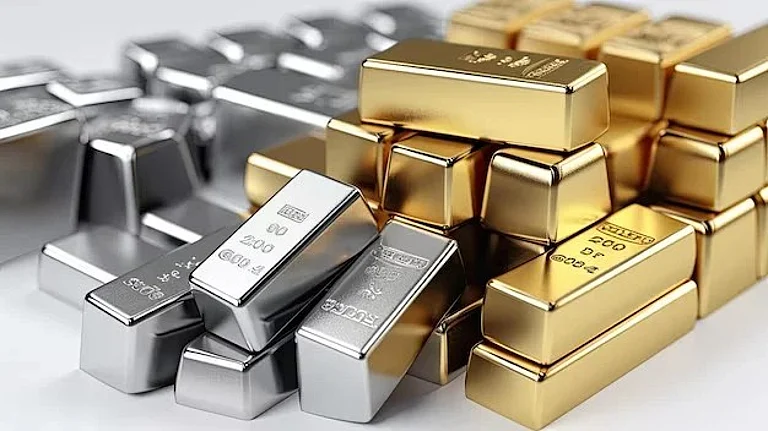Earth's core located at Hawaiian volcanic rocks shows it is leaking gold and other precious metals towards the surface. According to reports, 99.99% of the Earth's gold and precious metals, such as Ruthenium, are buried under the metallic core, lying beneath 3,000km of solid rock, reported Science Alert.
According to the study published in the journal Nature, a team from the University of Gottingen conducted a study on Hawaiian volcanic rocks, employing advanced isotopic analysis techniques to detect trace elements.
They found high concentrations of Ruthenium-100, which has remained trapped in the Earth’s core with gold and other precious metals, were formed over 4.5 billion years ago. Their occurrence is more prevalent in the Earth's core than its mantle. This suggests that the lava material originated from deep within the planet.
Precious Metals from Below
"When the first results came in, we realised that we had literally struck gold! Our data confirmed that material from the core, including gold and other precious metals, is leaking into the Earth's mantle above," geochemist Nils Messling of Gottingen University in Germany told Science Alert.
The study shows that Earth's core is less isolated than previously thought, with core material reaching the surface during volcanic eruptions, offering future research opportunities, reported India Today.
Emphasising the significance of the findings, Professor Matthias Willbold, co-author of the study told Science Alert, "Our findings not only show that Earth's core is not as isolated as previously assumed. We can now also prove that huge volumes of super-heated mantle material, several hundred quadrillion metric tons of rock, originate at the core-mantle boundary and rise to Earth's surface to form ocean islands like Hawaii."
The study's findings also suggest that some of the world's gold and precious metal supplies may have originated from the Earth's core. However, researchers are still unsure if the core-leaking process observed in the study has been a consistent phenomenon throughout the planet's history.
"Our findings open up an entirely new perspective on the evolution of the inner dynamics of our home planet," added Messling.































